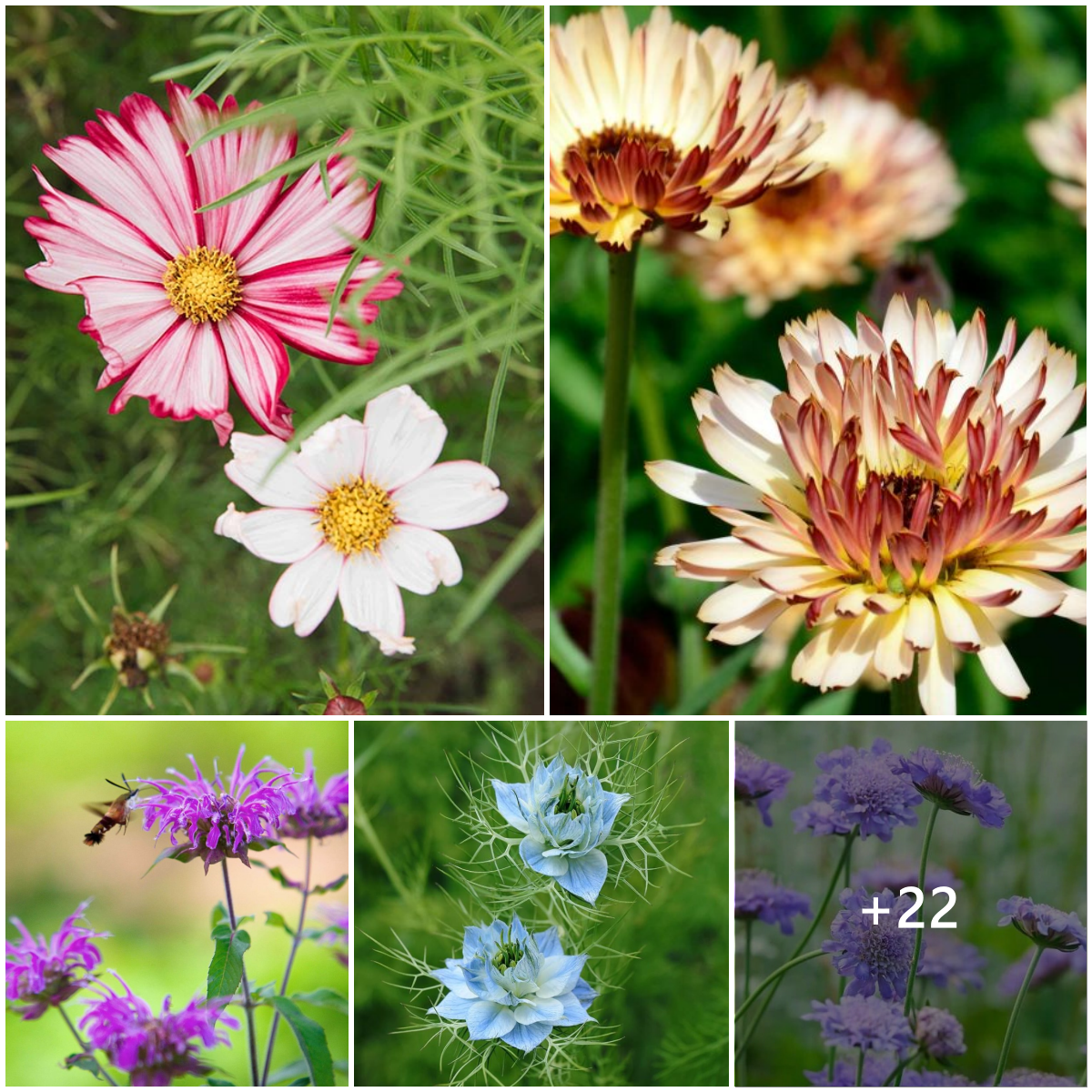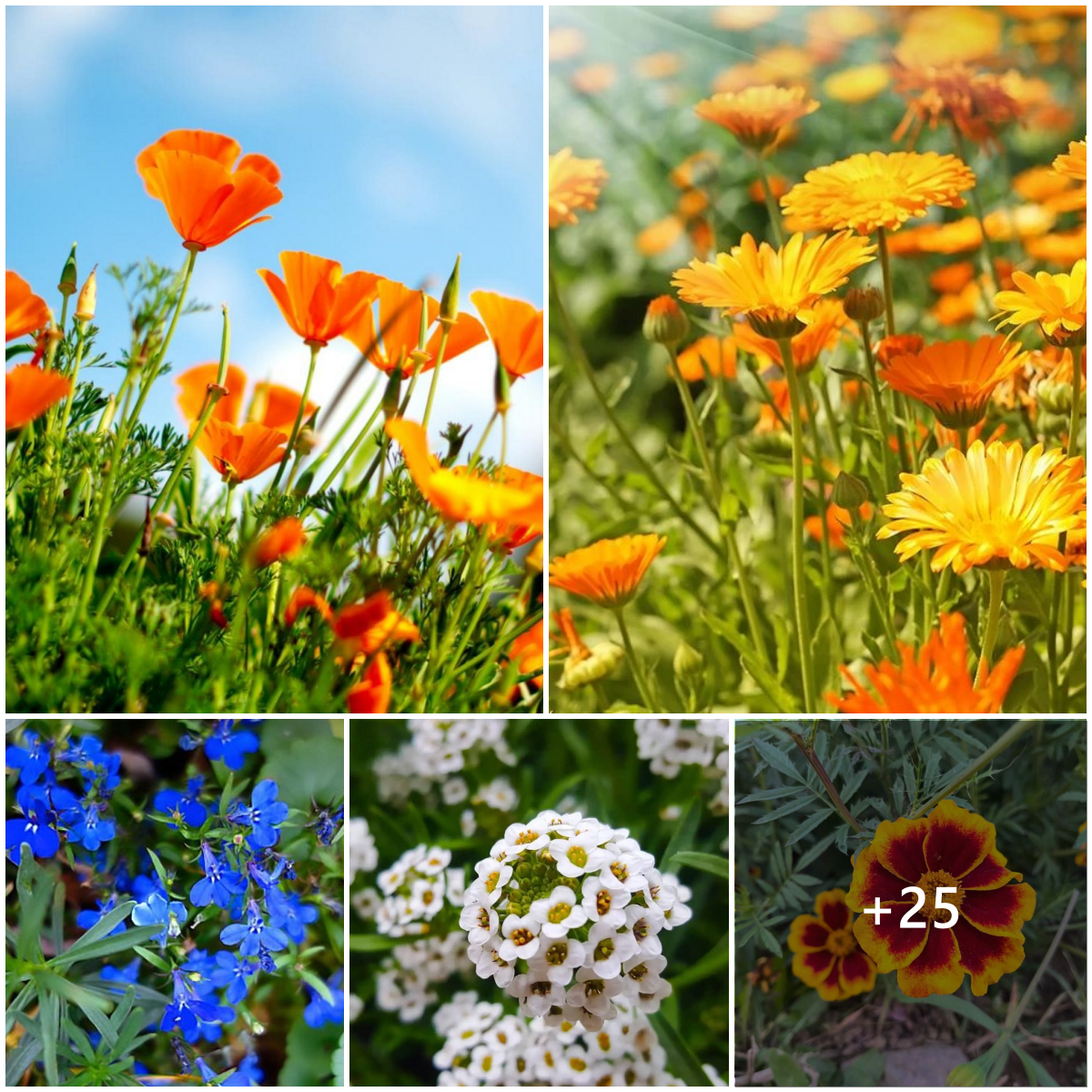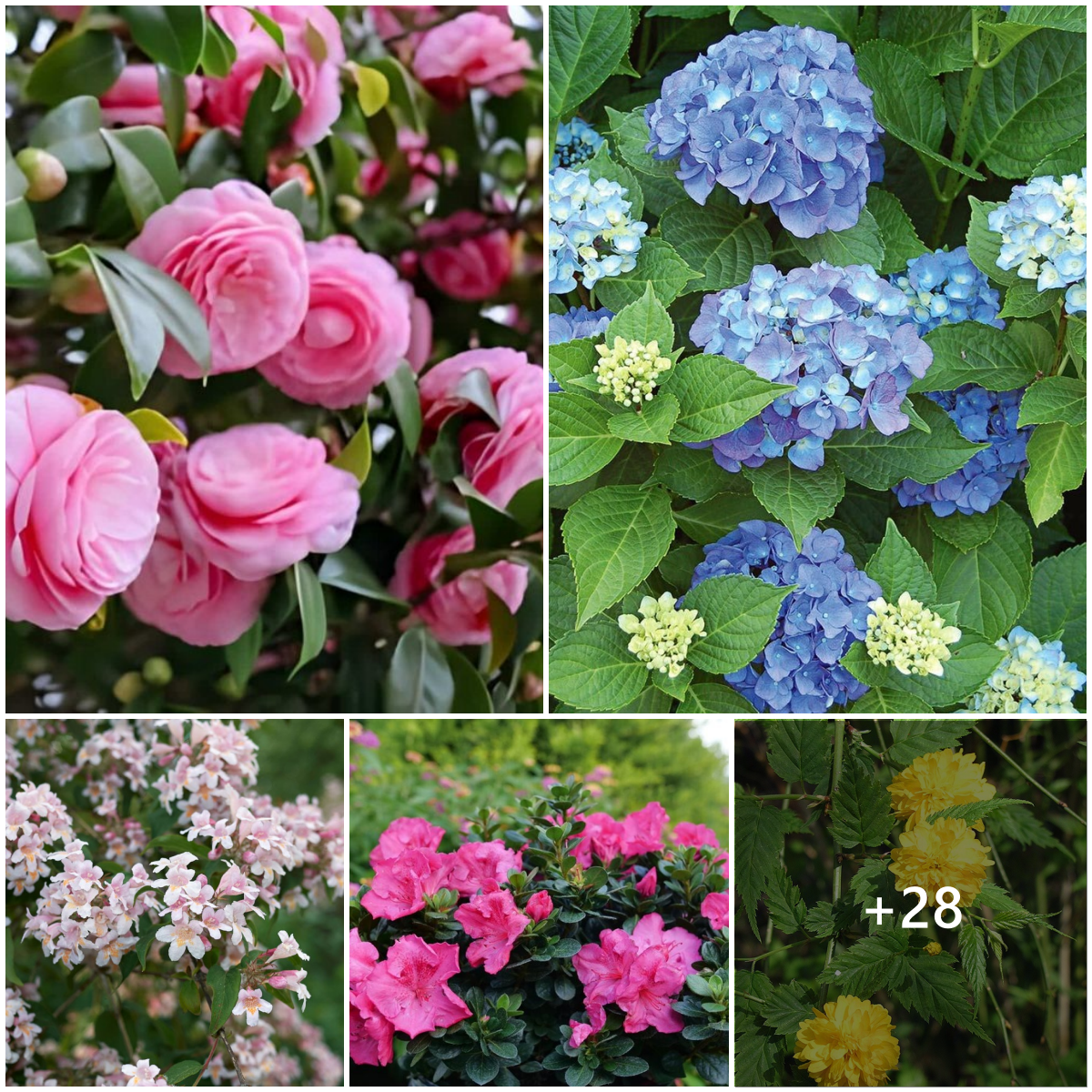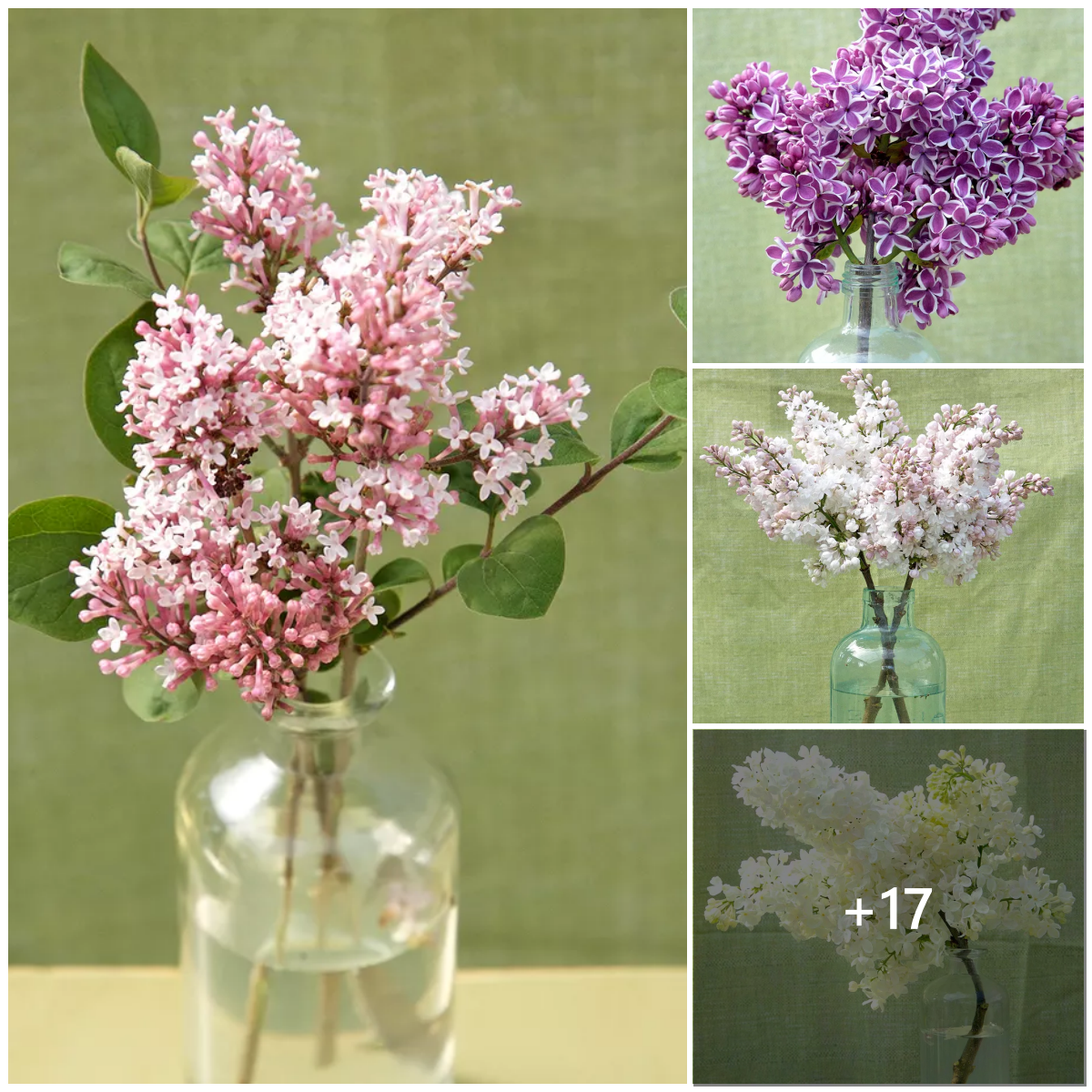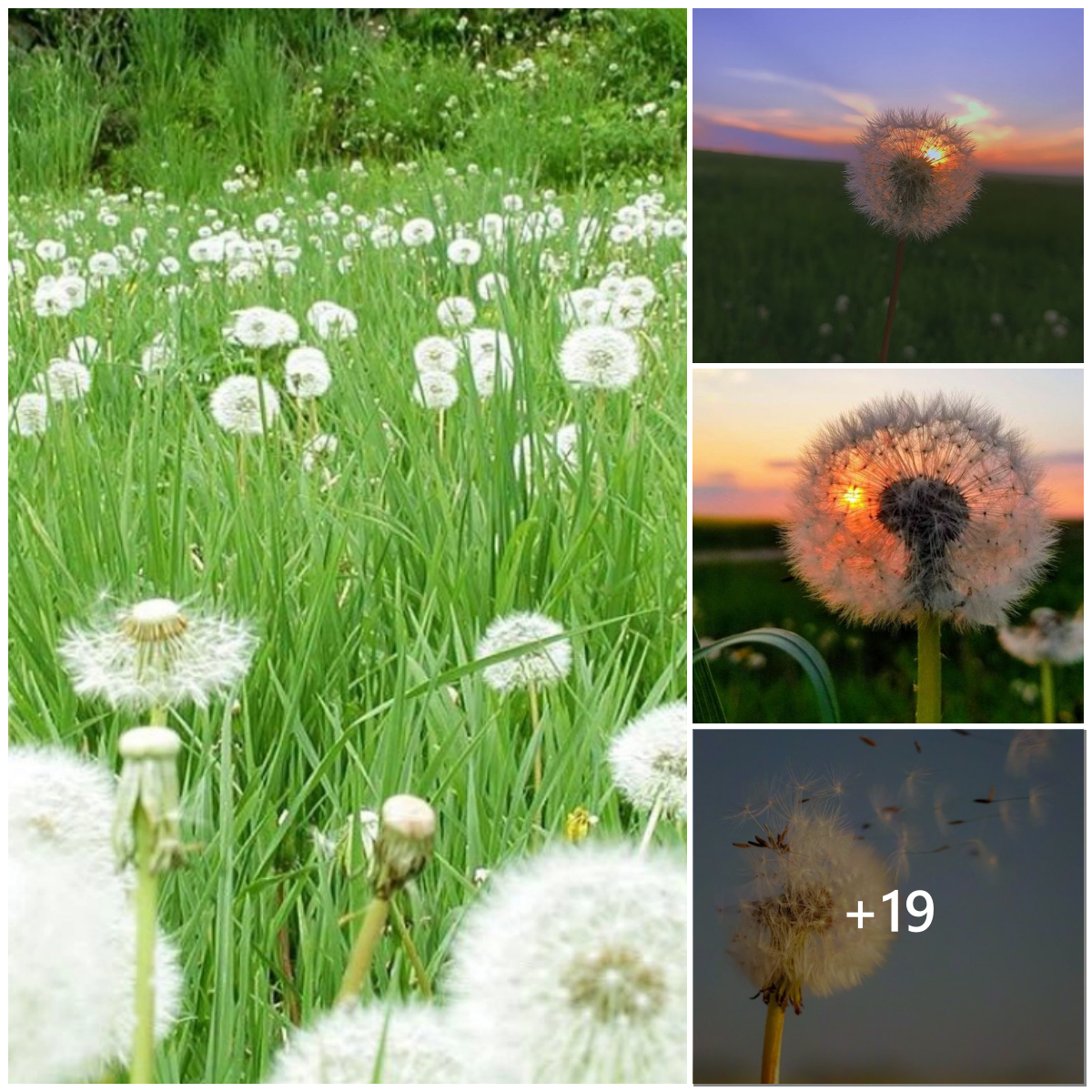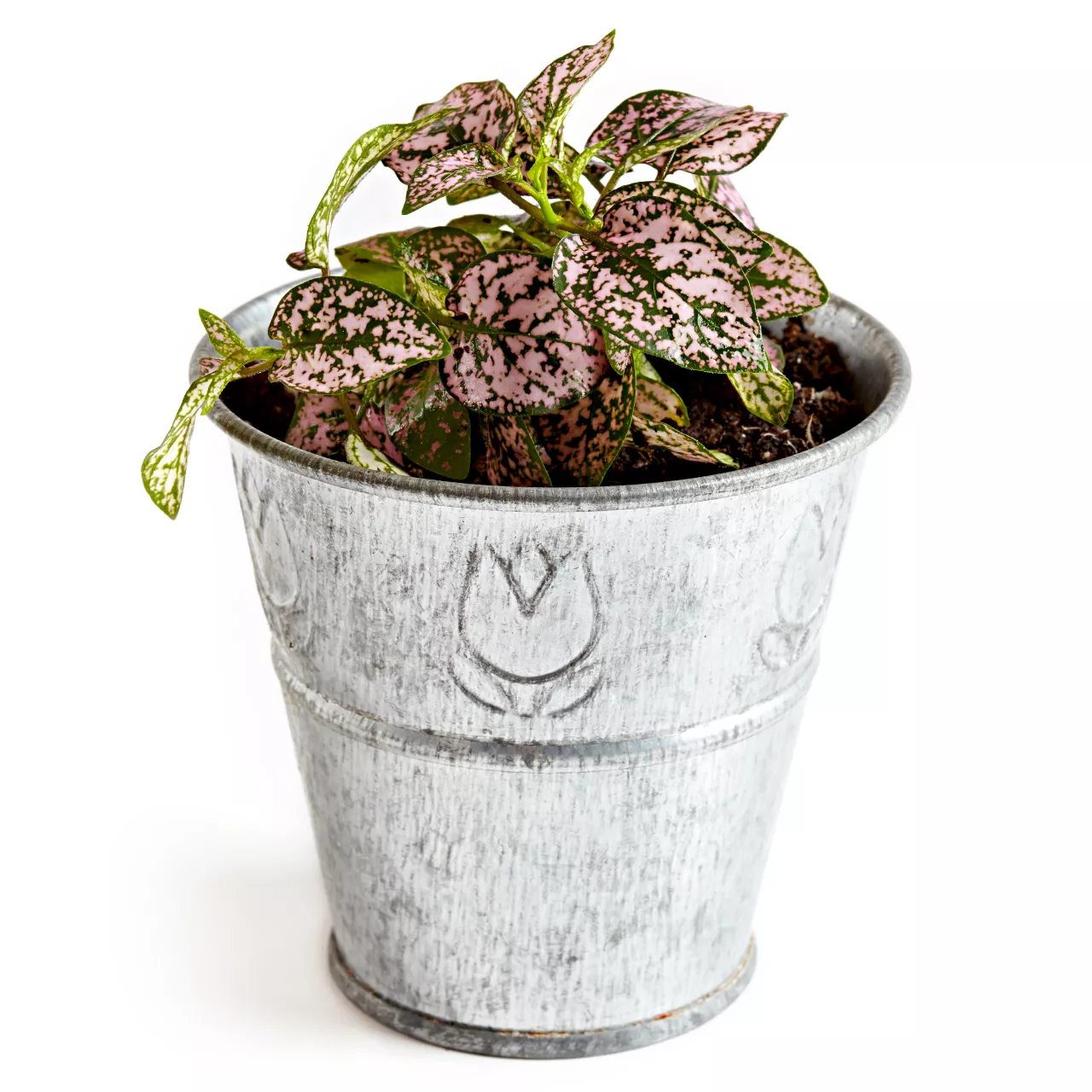Flowers make any landscape more beautiful. But, there are a few things to know about how to design a flowerbed for maximum impact. By keeping these concepts in mind, even beginners can create a bloom-filled yard that will look pro-level.
The best flower garden designers incorporate various flowering plants, including long-living perennials, short-term (but long-blooming) annuals, seasonal bulbs, ornamental grasses, and vines. Before starting your flower garden design, understand what plants will grow best in your area, their colors and blooms, and any special care they might need.
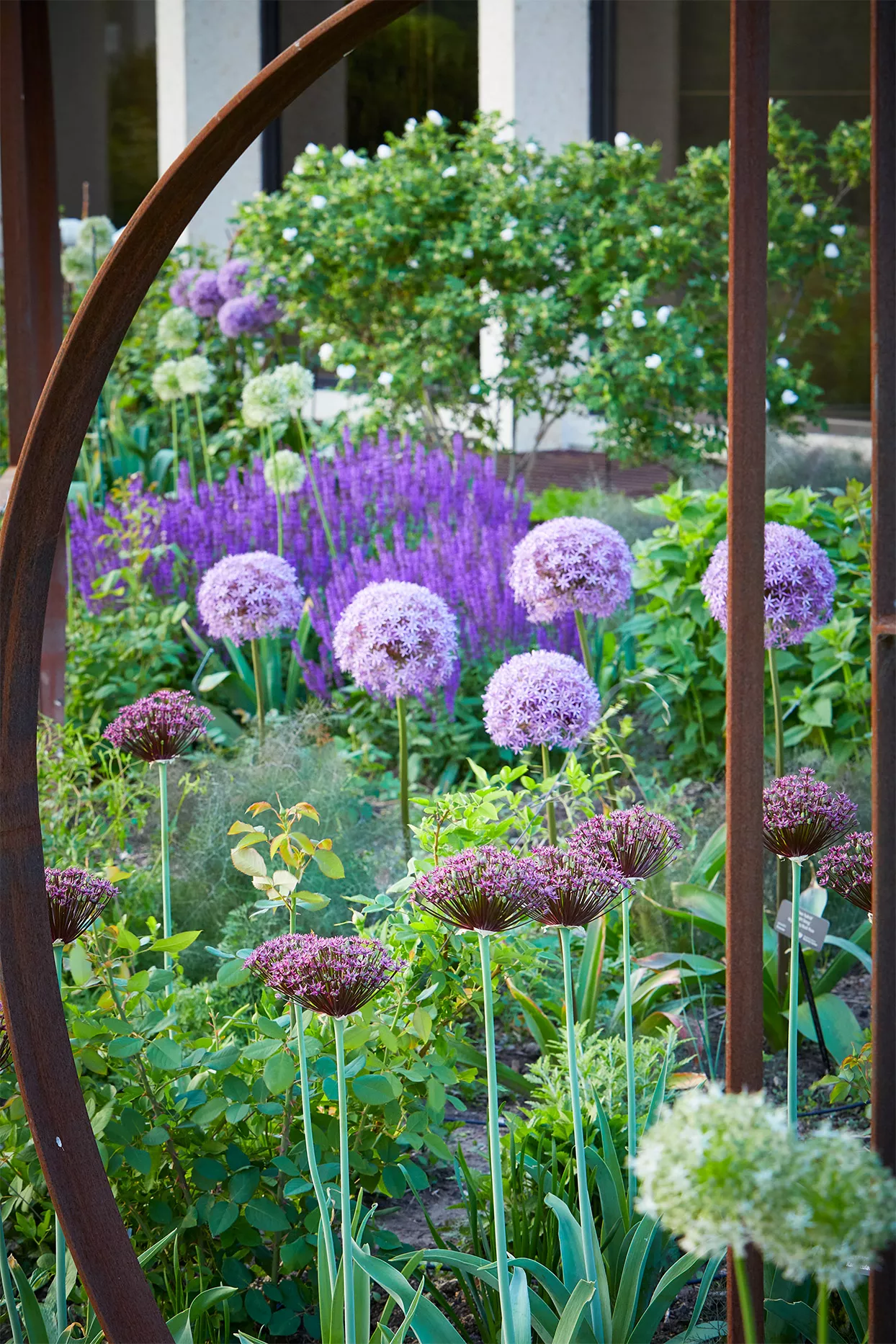
Your personal preferences (or your home’s architectural style) can help set parameters for your garden’s style and size. Also, different flower garden design ideas and techniques lend themselves to different types of plants. For example, a contemporary-leaning landscape might take a minimalist approach and clearly define flower beds with hard lines. Or a cottage-style garden like the one pictured here encourages a mix-and-match approach with meandering paths and bed shapes.
Note: Consider creating a perennial cutting garden if you enjoy bringing flowers indoors.
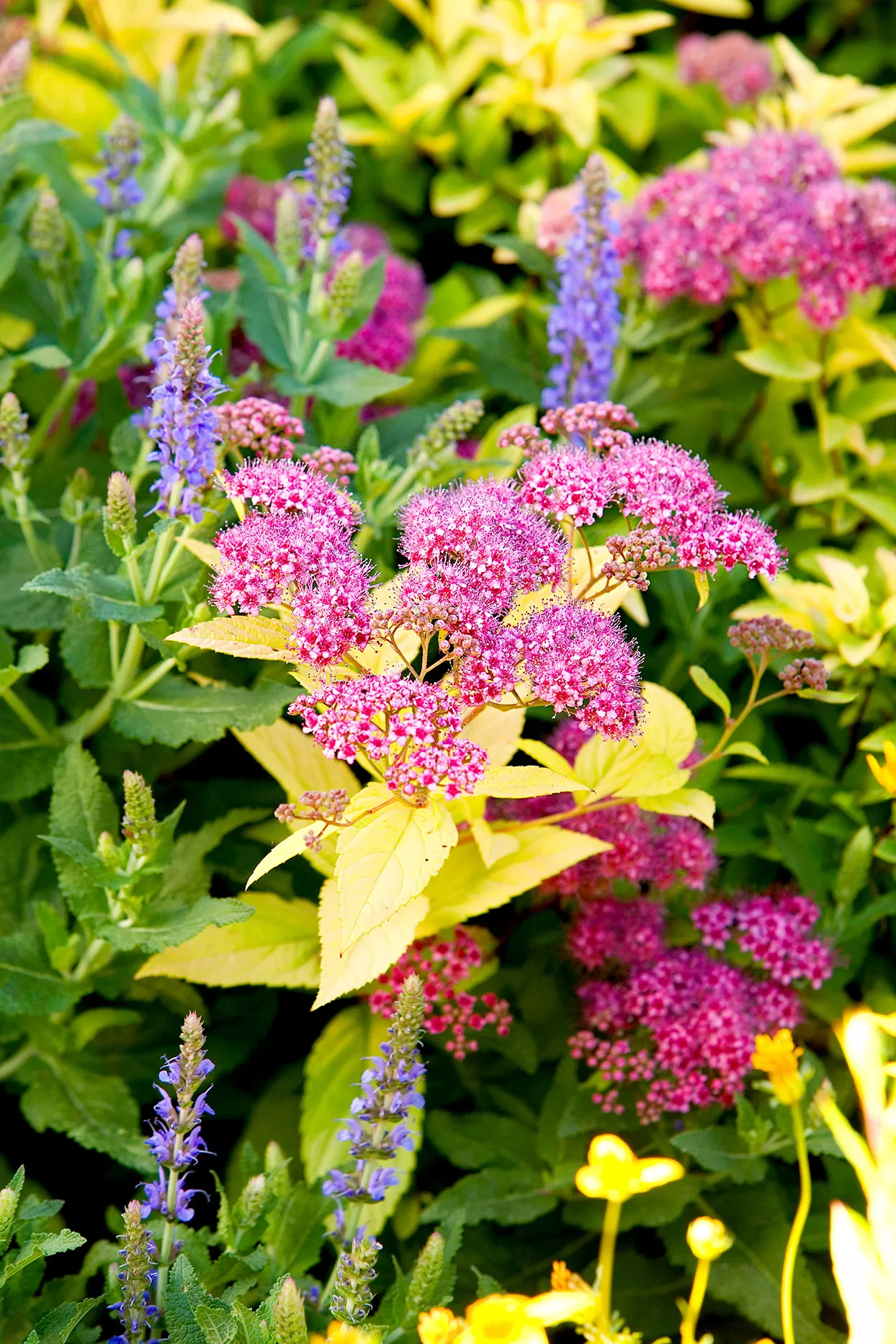
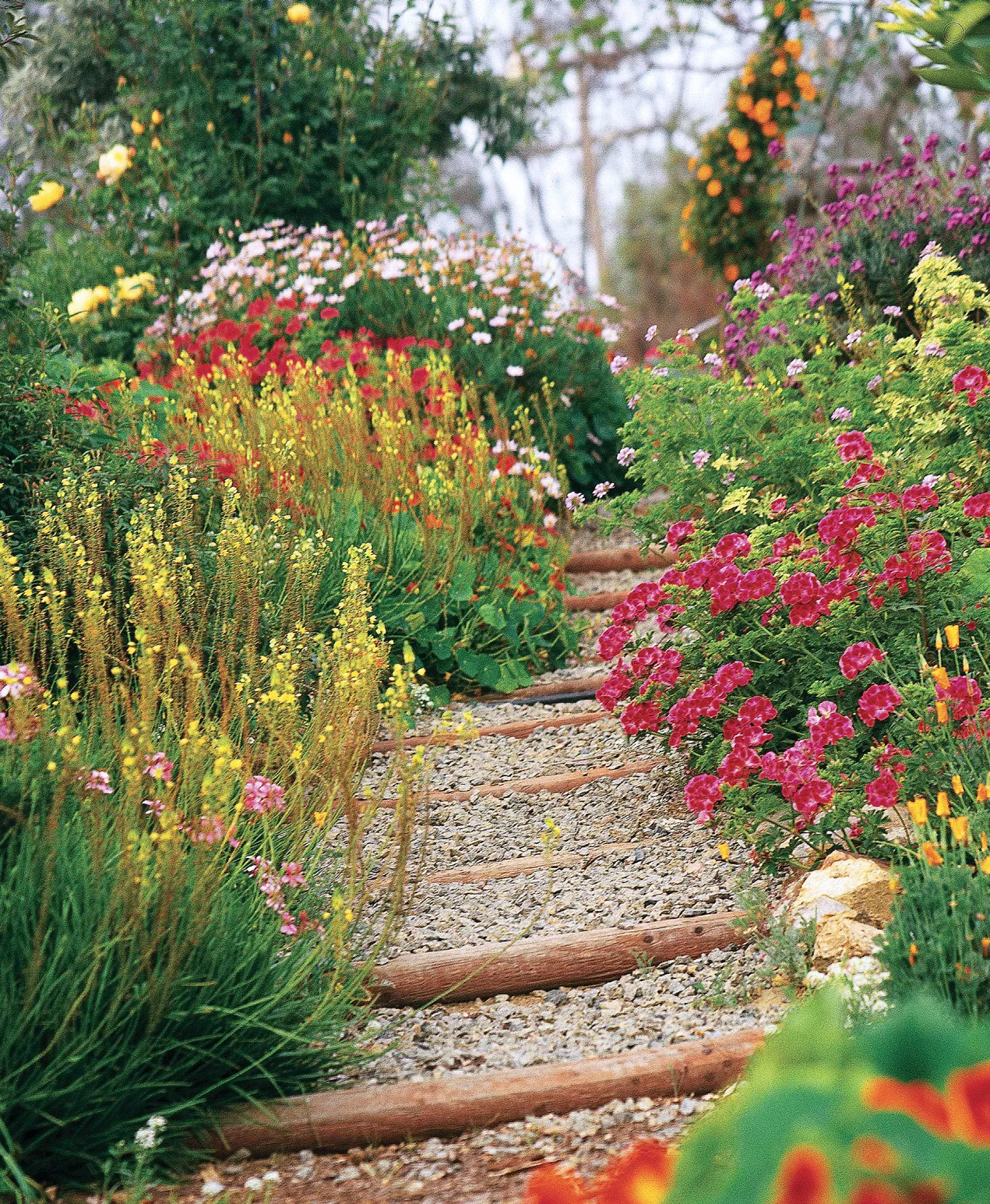
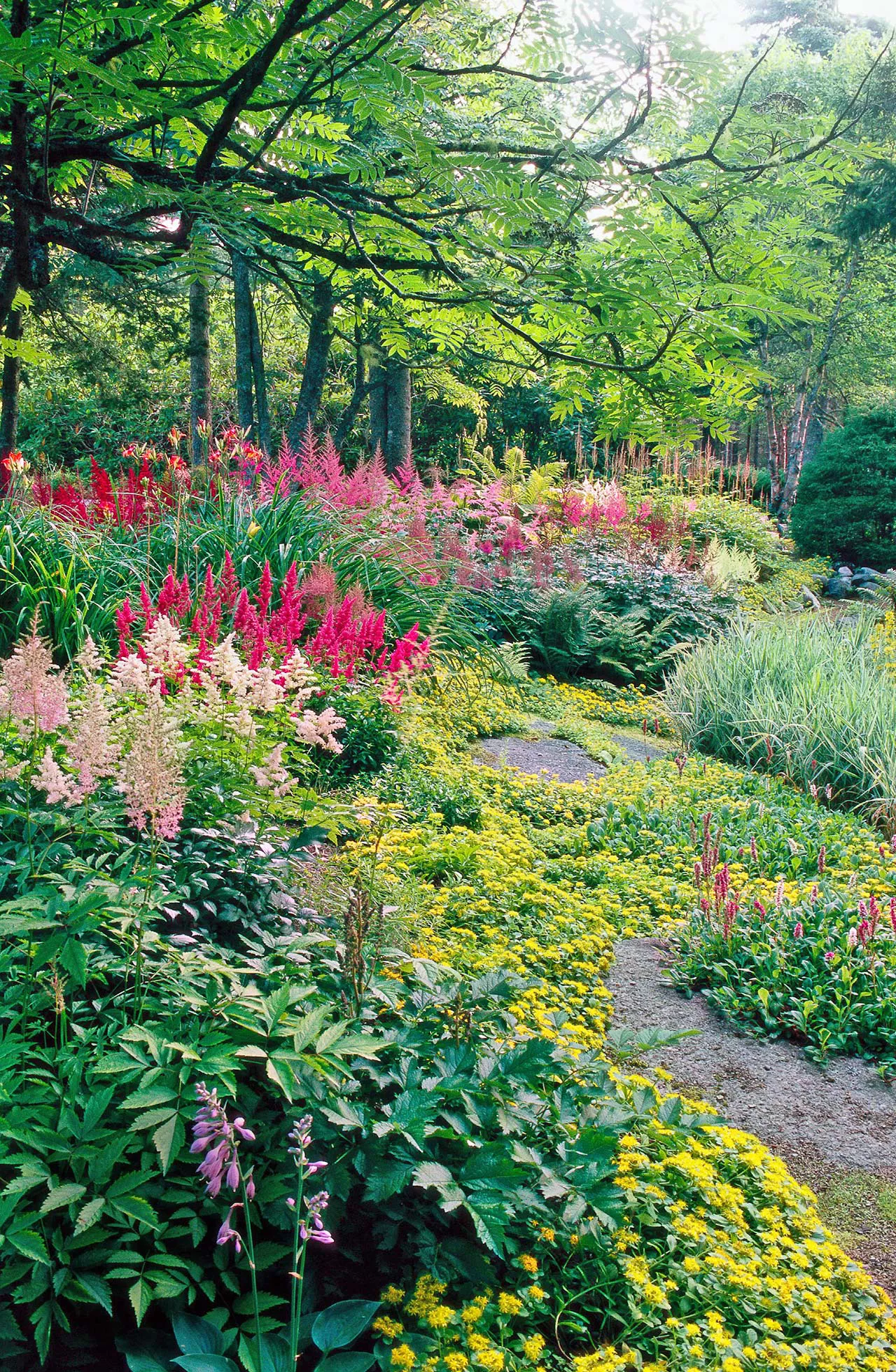
Flowering plants can be arranged in beds of almost any shape and size, from expansive rectangles to petite corner beds. To get an idea of how your flower garden will fit into the rest of your landscape, use a garden hose to outline the edges before you start digging. Then, walk around the bed; look at the proposed garden from every viewpoint. Test if you’ll be able to access plants in the middle or if you’ll need to include a path.
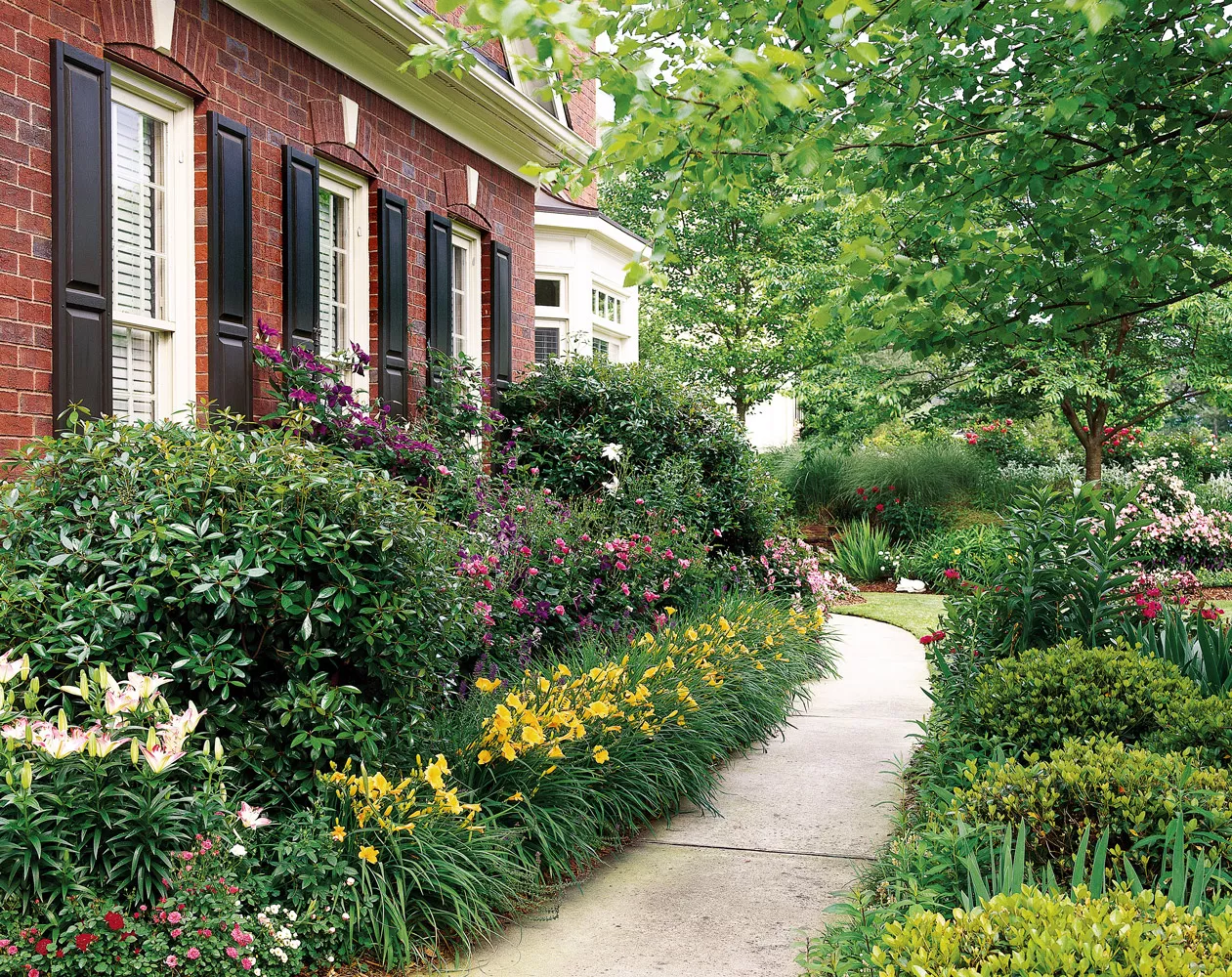
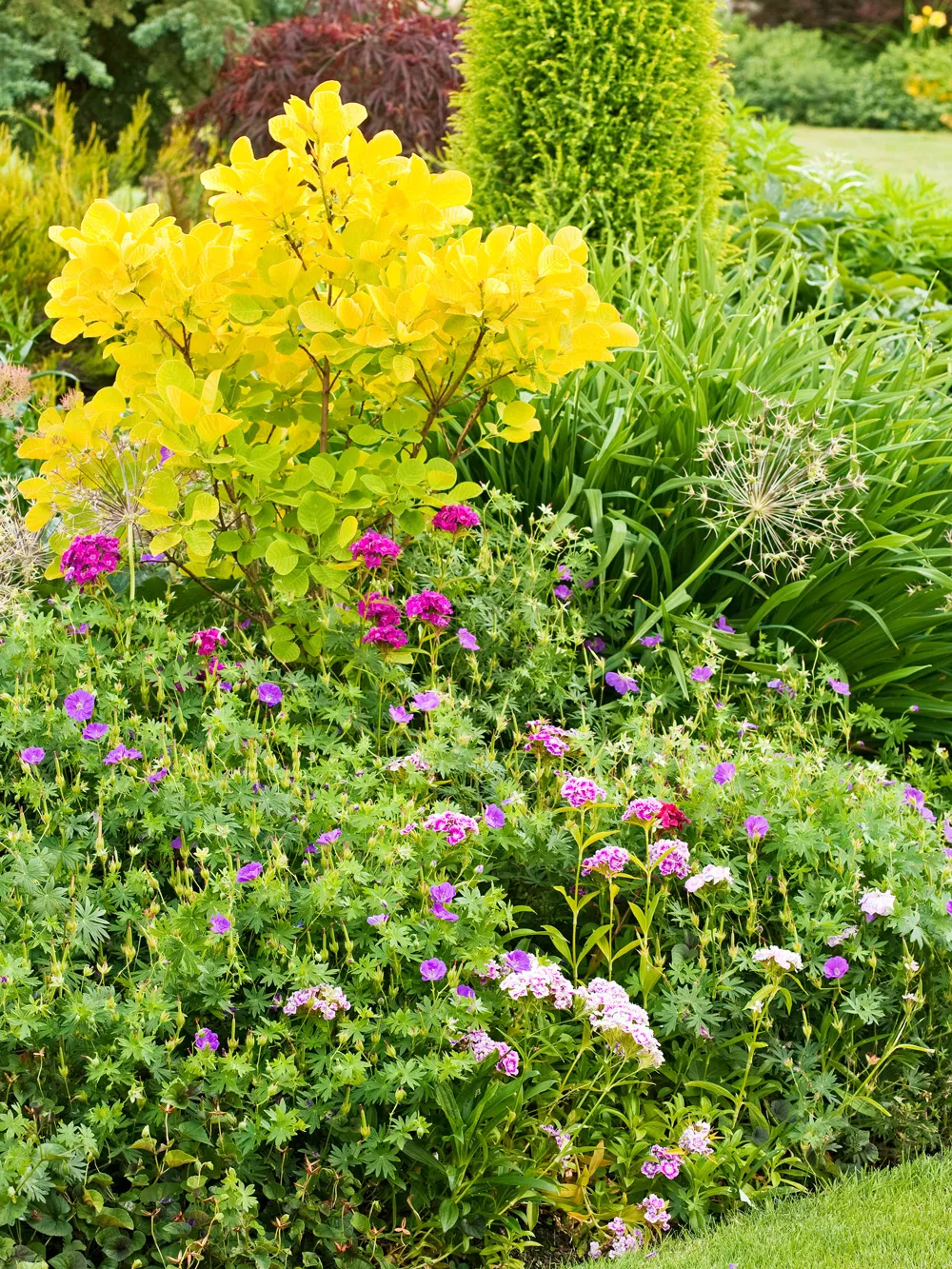 If you’re looking for flower garden ideas for beginners, start small: You can continually expand your plan if you want or go bigger next year.
If you’re looking for flower garden ideas for beginners, start small: You can continually expand your plan if you want or go bigger next year.
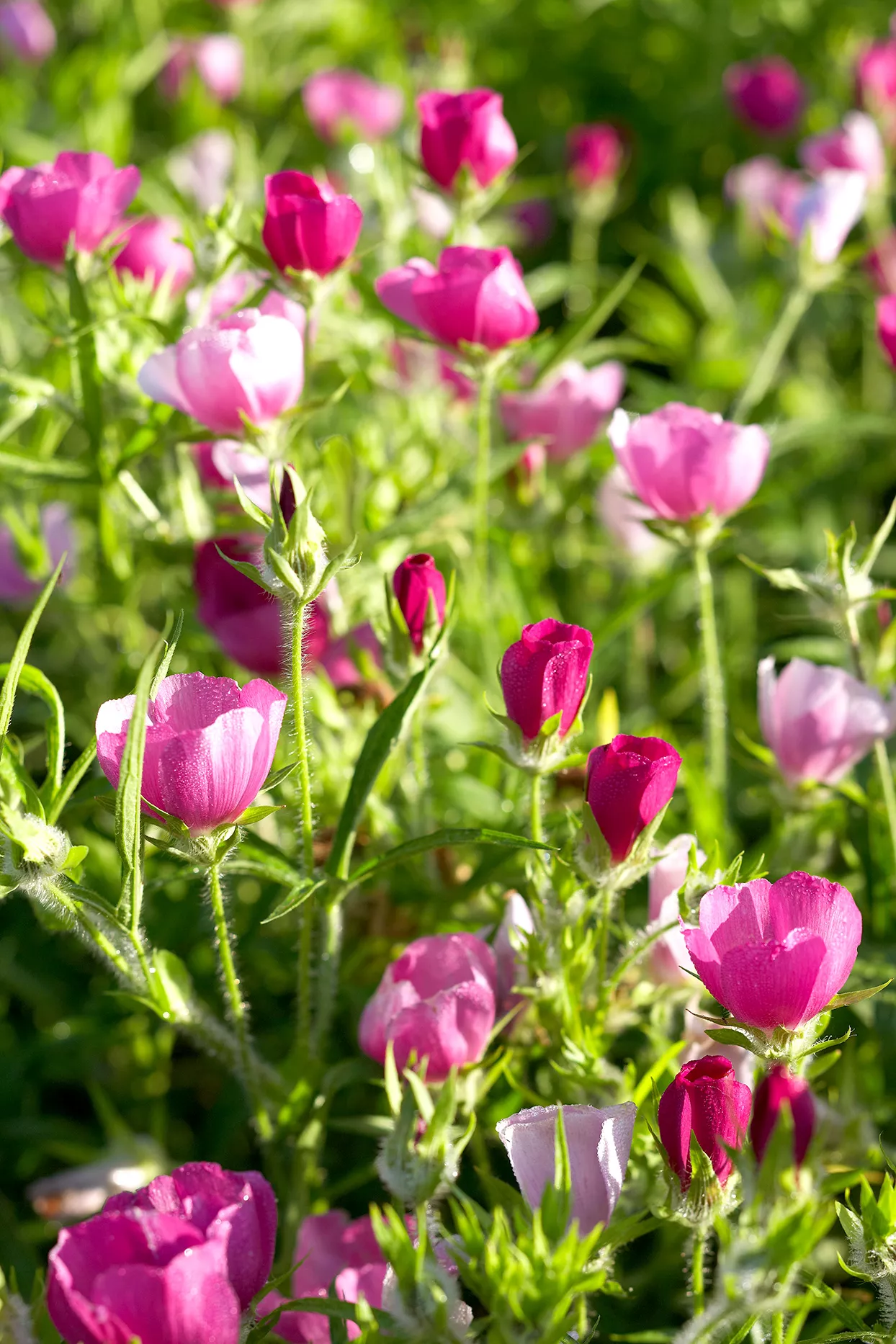
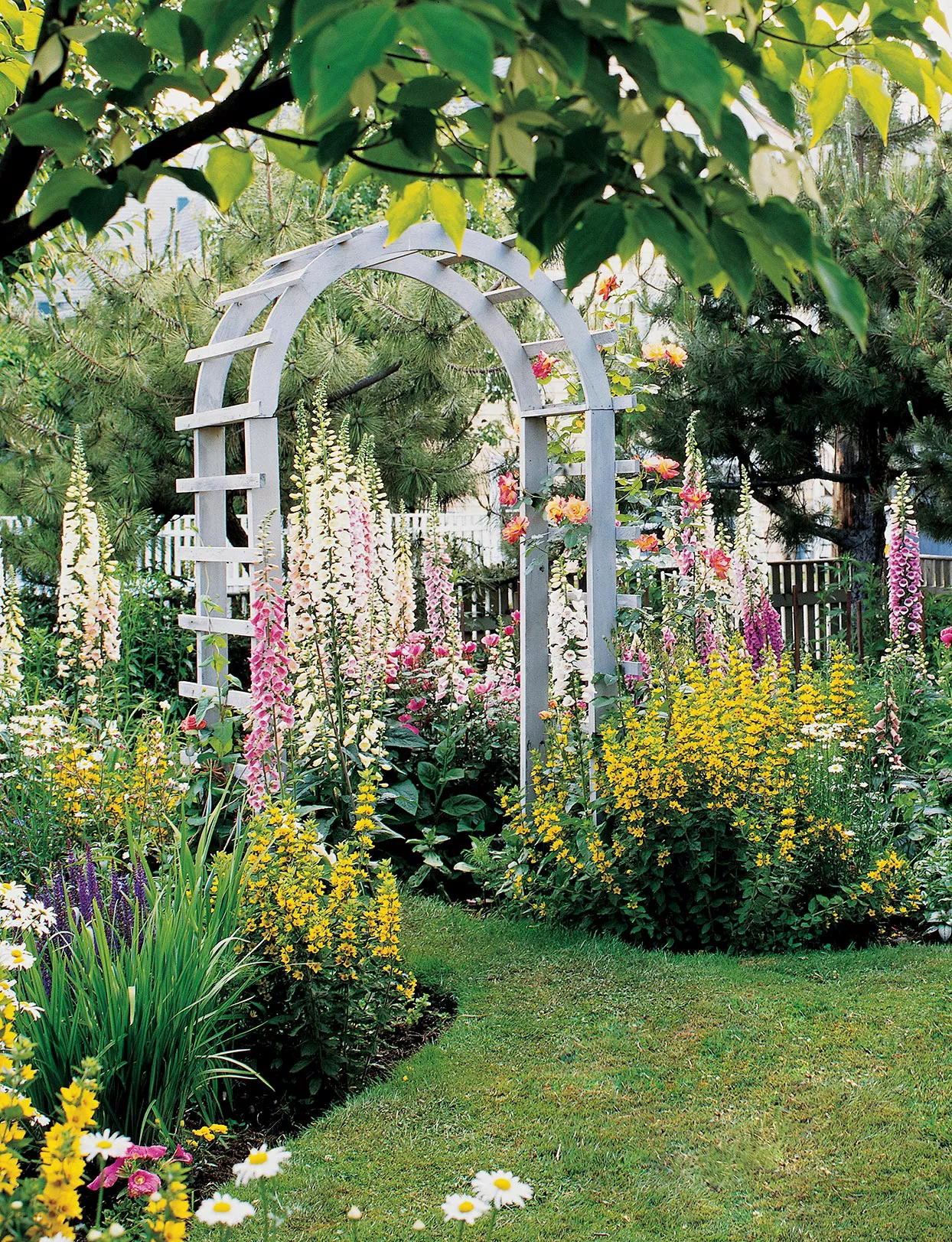 Once you’ve decided on your flower garden’s design, shape, and size, it’s time to put your plant research into action. Decide on show-stopping plants you want for a focal point, flower sizes, year-round interest, bloom time, and color combinations. Also, consider bonus attributes such as fragrance and whether the flowers attract butterflies, hummingbirds, and other pollinators.
Once you’ve decided on your flower garden’s design, shape, and size, it’s time to put your plant research into action. Decide on show-stopping plants you want for a focal point, flower sizes, year-round interest, bloom time, and color combinations. Also, consider bonus attributes such as fragrance and whether the flowers attract butterflies, hummingbirds, and other pollinators.
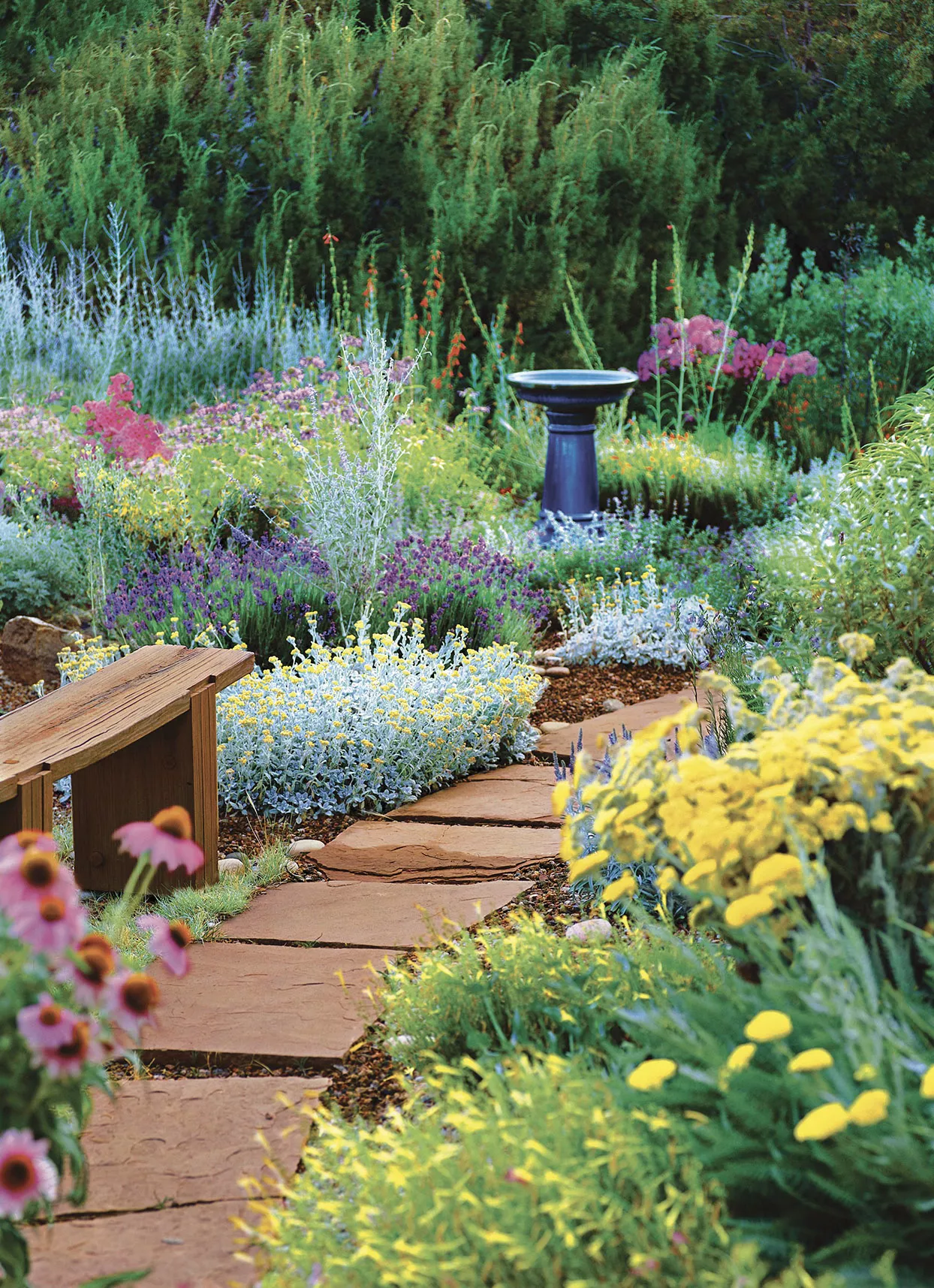
Consider a plant’s full height when making your selections. For example, if you want to plant a colorful foundation garden along the front of your house, the tallest plants will need to go in the back, but they shouldn’t be so tall that they block windows or doors.
The tallest plants should go in the center if your flower garden design is an island. Also, keep a plant’s mature overall size in mind to ensure it has enough room to grow without crowding its neighbors or spilling out of the bed too much.
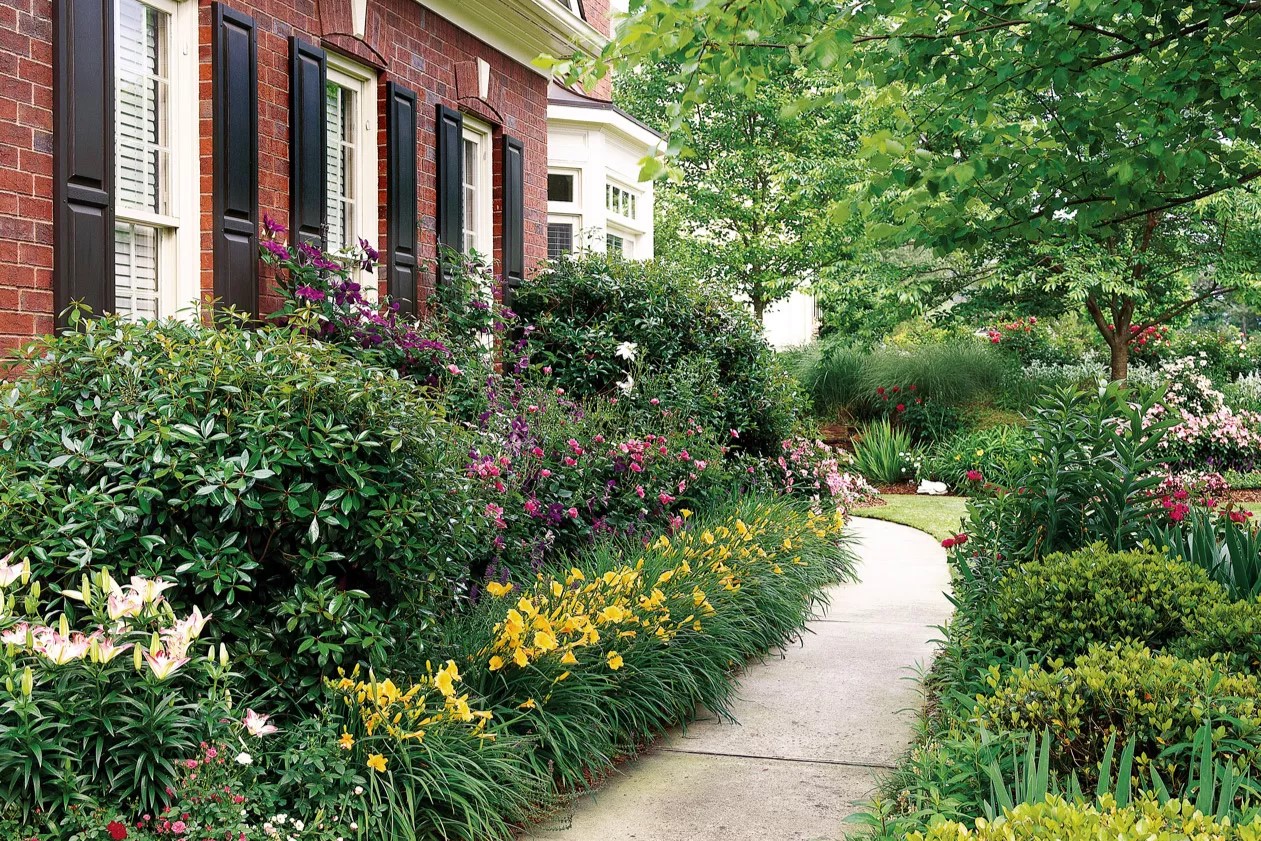
Mối quan hệ giữa Chi Pu và bạn thân được hé lộ bởi Pam Yêu ƠiExperienced flower garden designers always include a variety of plants with year-round interest and staggered bloom times. Evaluate both factors before selecting plants. You don’t want to create a garden full of color in the summertime but bare in autumn. That’s another reason it’s essential to combine different types of plants: It’s easier to cover all the seasons. For example, you can rely on shrubs to provide spring blooms and winter structure, summertime perennials, and fall-blooming annuals.
Creating the best color combinations in your flower garden design can be tricky. A good place to start is the color wheel. For example, gardens planted in shades of the same hue, like pink, are pleasing to the eye. Colors next to each other on the color wheel, like purple and red, look good together. So do colors across from each other, like purple and yellow. Foliage can provide much-needed texture and color for visual interest when blooms are wilted away.
